American prairie flower cosmidium and its cultivation from seeds
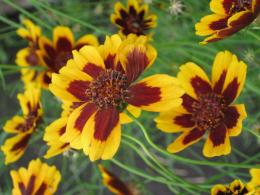
Telesperma filamentous or cosmidium - this flower is distinguished by its spectacular appearance and unpretentious disposition. It is suitable for large and small gardens, landscaping adjacent areas in populated areas and for growing in containers. We will try to find out interesting facts about the cosmidium plant, about growing from seeds and popular varieties.
Content:
Cosmidium, plant description, popular varieties
The genus Cosmidium from the Asteraceae family was first discovered in the North American prairies of Texas on the border with Mexico. Like all plants from this area, cosmidium is perfectly adapted to rather unfavorable living conditions, an abundance of light and a lack of moisture. Life form - perennial or annual herbaceous plants.
The root is a taproot and goes deep enough to provide the plant with the necessary amount of moisture during dry periods. Stems are thin, branched. The height of the stems is from 0.3 to 0.6 meters. The bushes are neat, with a diameter of 0.3 to 0.4 meters. The leaf blades are thin, pinnately dissected.
The thread-like lobes of the leaves give the bush lightness and weightlessness. For this lightness, the flower has earned another name - green cobwebs.
The main beauty of the plant lies in its inflorescences - baskets.As a rule, the marginal false-lingulate flowers are colored yellow-brown, and the middle tubular flowers are darker. The inflorescences leave the impression of light floating bright butterflies. The diameter of the baskets is from 3 to 8 cm. The number of reed flowers is most often 8.
Next varieties and cosmidium cultivars are most often used by gardeners for growing on personal plots:
- Chocolate eyes - stem height up to 45 cm, contrasting color of inflorescences, dark brown center and bright yellow edges of reed flowers, differs in the duration of flowering, which begins at the end of June and ends in September, the variety can be used for cutting;
- Brunette - the middle of the inflorescence of this variety is brownish-red, the edging of the reed flowers is bright yellow, the diameter of the inflorescence is 7 cm, the height of the stems is 0.5 m;
- Philippines - compact bushes, dark purple centers, orange edging with a smooth transition to yellow;
- Magic flute - low, up to 0.3 m compact bushes with good branching, flowers with a dark brown center and yellow border, inflorescence diameter 3 cm, suitable for growing in containers and landscaping loggias, balconies, blooms from late June to October.
All varieties of cosmidium are grown in annual culture by sowing seeds either for seedlings or directly in open ground.
Cosmidium growing from seeds
Growing cosmidium from seeds is not very difficult. If the grower wants to get earlier flowering, then sowing is needed seeds for seedlings.
Growing cosmidium through seedlings
In order to obtain seedlings suitable for planting in the ground by the end of May - beginning of June, you need to sow seeds for seedlings in early April.To grow cosmidium for seedlings, you will need to buy ready-made universal soil and add a quarter of the washed sand to it.
If garden or turf soil has been prepared in the fall, then add one part peat and 1/2 part sand to two parts of the soil. Heat the resulting mixture well for 30 minutes in an oven heated to 190 degrees. Fill the seedling boxes with the mixture and moisten the soil well the day before sowing the seeds for seedlings.
Scatter cosmidium seeds over the surface of the soil, without burying them deep. Cover the containers with glass or film and place them in the light in a room where the temperature is not lower than + 18 degrees. Important! You need to monitor the top layer of soil. When it dries, you need to spray the crops with warm water.
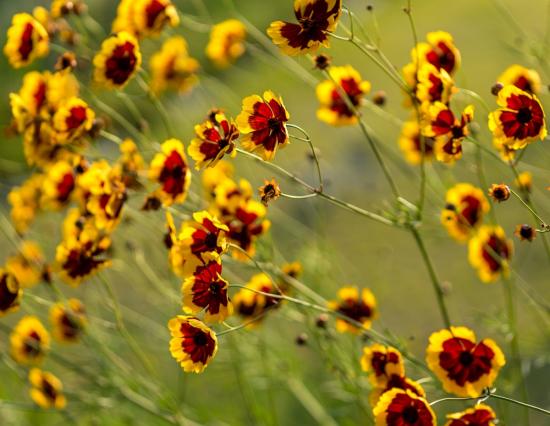
At about 9-12 days, thin shoots appear. As the plants grow, they gain strength and at 5-6 weeks the seedlings can be planted in separate pots. In open ground cosmidium is planted in early June.
Sowing cosmidium seeds in open ground
For sowing seeds in open ground, an area with good lighting and light soil is suitable. You need to remove all debris from it, dig it up, and remove weeds. For better plant development, it is possible for each square. per meter add 5-6 kg of humus, 30-40 g of complex mineral fertilizer.
Sand can be added to heavy soils. Before planting, the selected area is moistened and the seeds are sown. This needs to be done in the second ten days of May. Two weeks after germination, they need to be either thinned out or pruned. When the seedlings reach a size of 5-6 cm, they can be transplanted to a permanent place. Further care of the plant is not difficult.
Cosmidium care
Despite its unpretentiousness, the plant will grow well and bloom profusely in fertile, well-fertilized soils. After planting flowers in a permanent place, the seedlings need to be watered. For feeding, 10 days after placing the flowers in a permanent place, you can dilute any organic fertilizer and water them.
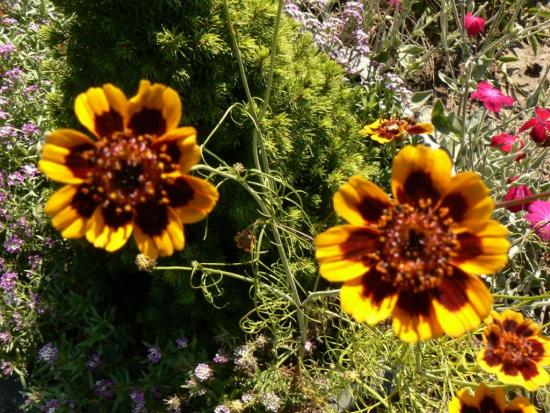
The next feeding should also be done after 10 days and it is better to do this with mineral complex fertilizers. Thus, you need to do this until the end of the season, alternating organic fertilizers with mineral ones. The plant is quite resistant to lack of moisture, but in the absence of natural precipitation for a long time it needs additional watering.
Important! The first flowers on several plants after flowering should be left to ripen and be collected seeds. All other flowers should be removed after flowering. This stimulates the formation of new inflorescences. In all other respects, caring for the plant is no different from caring for other flowers from the Asteraceae family.
In the garden, cosmidium can be placed in homogeneous groups; it also goes well with calendula, coreopsis, and marigolds. These flowers can be used to decorate alpine slides. To create a corner of natural prairie, ornamental grasses can be planted next to the cosmidium.
Cosmidium flower on video:

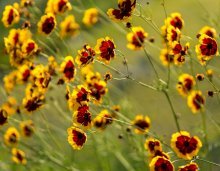
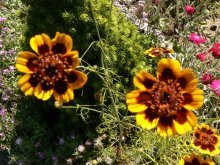
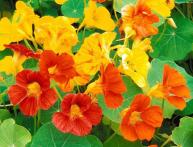
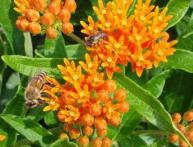
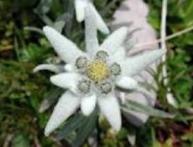
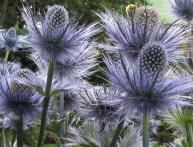
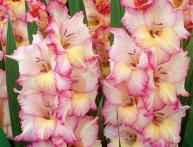

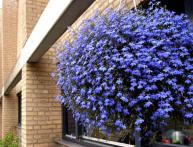
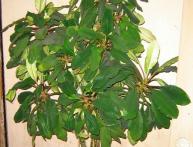
Comments
We have not planted such flowers on the site yet, there are similar ones, but there the stem is much thicker, and the flowers are also large. Probably, Cosmedium is not so widespread, because it requires good fertilizer and frequent feeding.